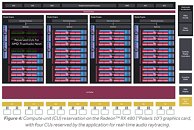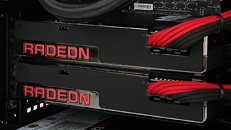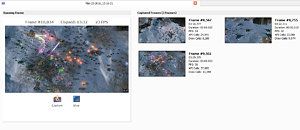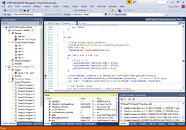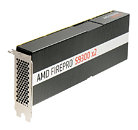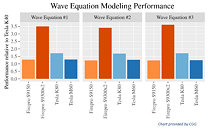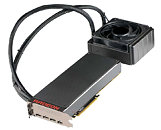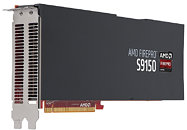
AMD Actively Promoting Vulkan Beyond GPUOpen
Vulkan, the new-generation cross-platform 3D graphics API governed by the people behind OpenGL, the Khronos Group, is gaining in relevance, with Google making it the primary 3D graphics API for Android. AMD said that it's actively promoting the API. Responding to a question by TechPowerUp in its recent Radeon Technology Group (RTG) first anniversary presser, its chief Raja Koduri agreed that the company is actively working with developers to add Vulkan to their productions, and optimize them for Radeon GPUs. This, we believe, could be due to one of many strategic reasons.
First, Vulkan works inherently better on AMD Graphics CoreNext GPU architecture because it's been largely derived from Mantle, a now defunct 3D graphics API by AMD that brings a lot of "close-to-metal" API features that make game consoles more performance-efficient, over to the PC ecosystem. The proof of this pudding is the AAA title and 2016 reboot of the iconic first-person shooter "Doom," in which Radeon GPUs get significant performance boosts switching from the default OpenGL renderer to Vulkan. These boosts aren't as pronounced on NVIDIA GPUs.
First, Vulkan works inherently better on AMD Graphics CoreNext GPU architecture because it's been largely derived from Mantle, a now defunct 3D graphics API by AMD that brings a lot of "close-to-metal" API features that make game consoles more performance-efficient, over to the PC ecosystem. The proof of this pudding is the AAA title and 2016 reboot of the iconic first-person shooter "Doom," in which Radeon GPUs get significant performance boosts switching from the default OpenGL renderer to Vulkan. These boosts aren't as pronounced on NVIDIA GPUs.


